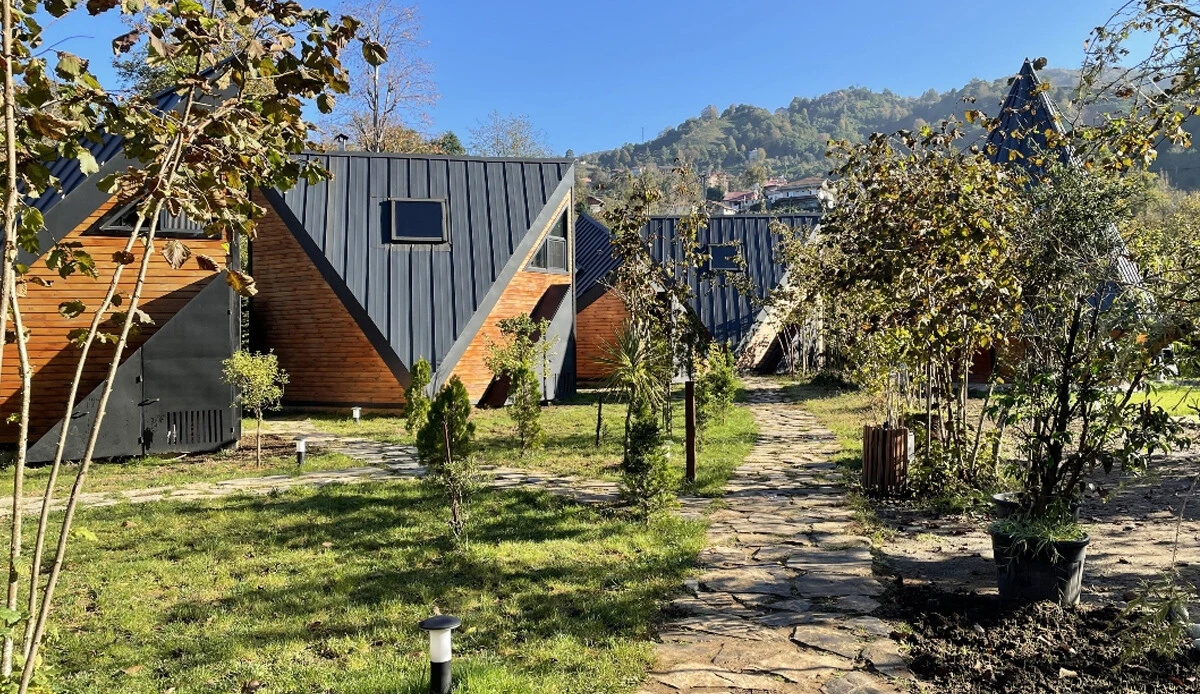World’s last uncontacted tribes: Who are they and what threats do they face?
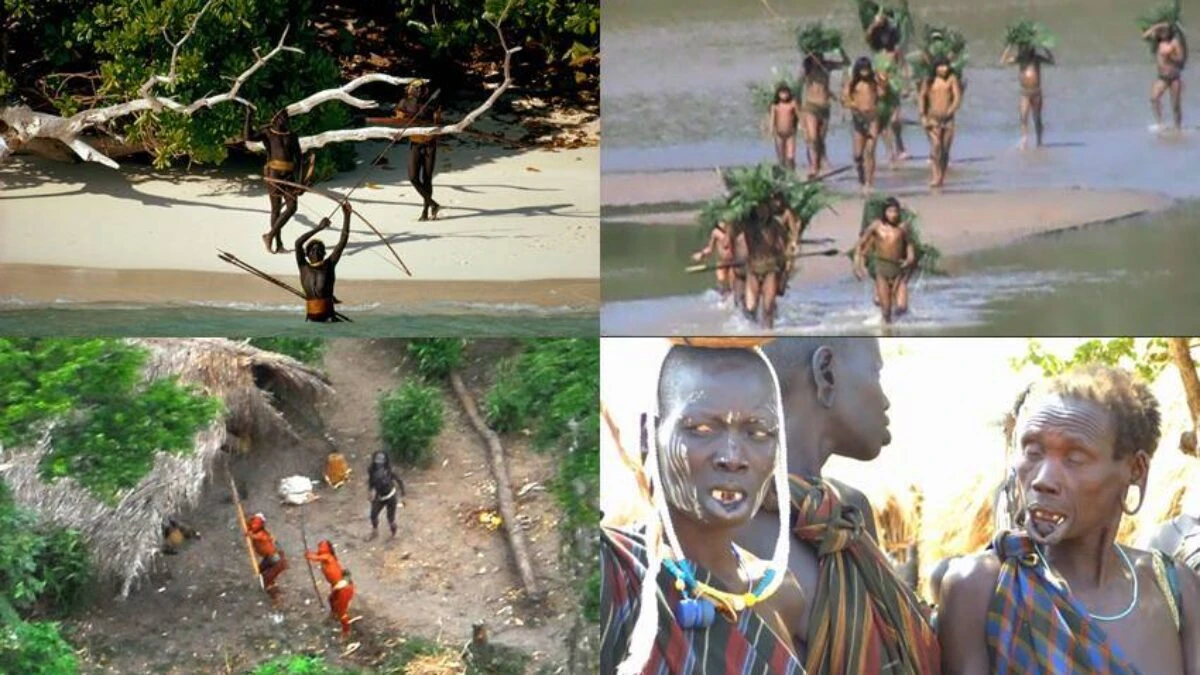 Photo collage of the world's last uncontacted tribes. (Photo collage by Youth Destination)
Photo collage of the world's last uncontacted tribes. (Photo collage by Youth Destination)
Over 100 uncontacted tribes still exist today, residing in some of the most remote and inaccessible regions of the planet. From the dense Amazon rainforest to a tiny island in the Indian Ocean, these tribes have chosen to avoid sustained contact with the outside world. But who are they, and what are the greatest threats they face?
What does ‘uncontacted’ really mean?
Despite common misconceptions, uncontacted tribes are not completely unknown to the world. According to Survival International, an organization advocating for Indigenous and tribal peoples’ rights, uncontacted tribes are those who actively avoid contact with outsiders.
Some may be sub-groups of larger tribes that do have some level of contact, while others remain entirely independent. In an article published in IFL Science, the surviving members of these tribes are described.
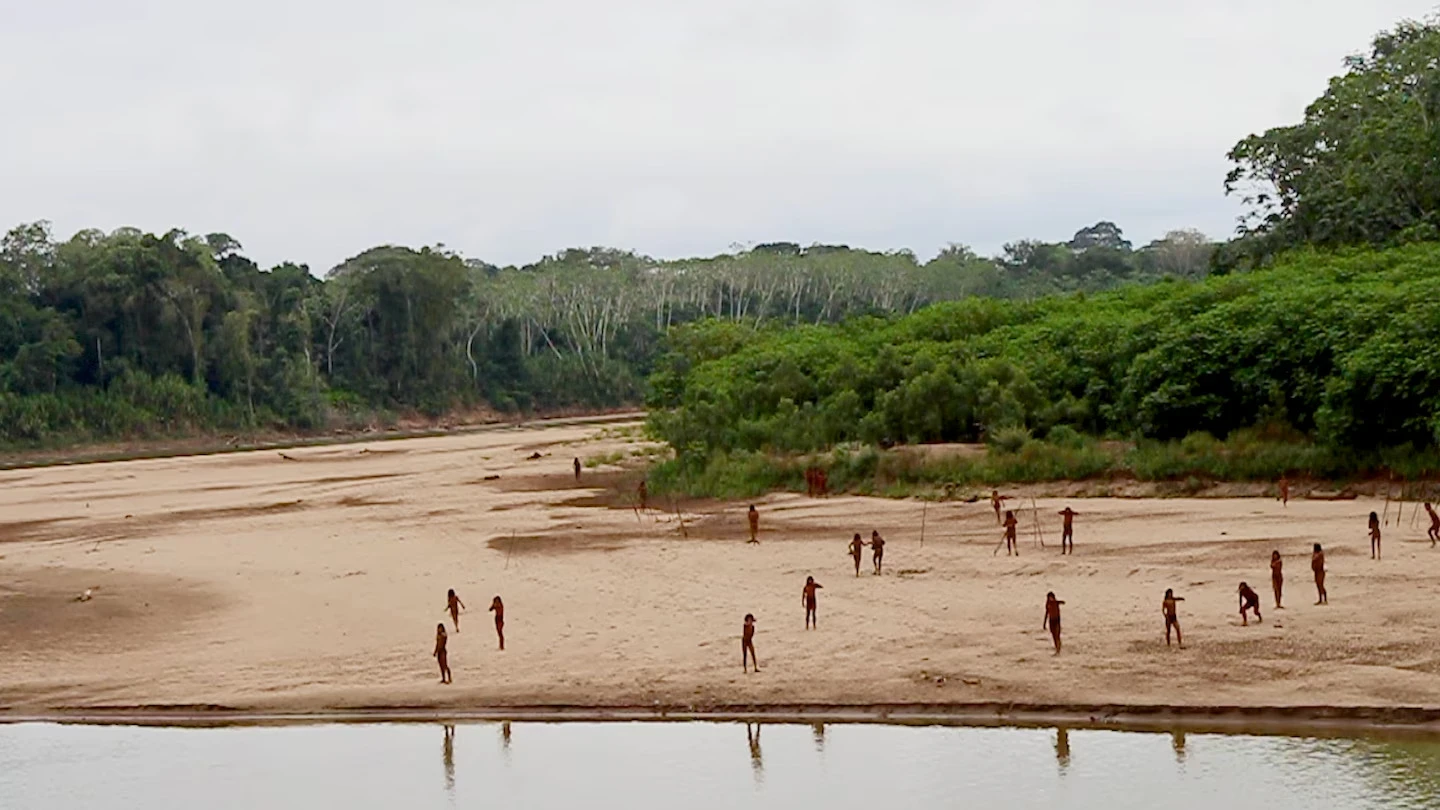
Mashco Piro: Largest uncontacted tribe
One of the most well-documented uncontacted tribes is the Mashco Piro, who inhabit the remote Amazon rainforest in south-eastern Peru. With a population estimated at over 750 individuals, they are considered the largest uncontacted tribe on Earth.
Their history is marked by violent encounters. In the late 19th century, colonial rubber barons invaded their territory, leading to land theft, enslavement, and massacres. While the tribe has survived these horrors, they now face a new set of dangers—illegal logging and deforestation. In July 2024, logging companies were spotted just miles away from their territory, raising alarm about the continued encroachment on their land.
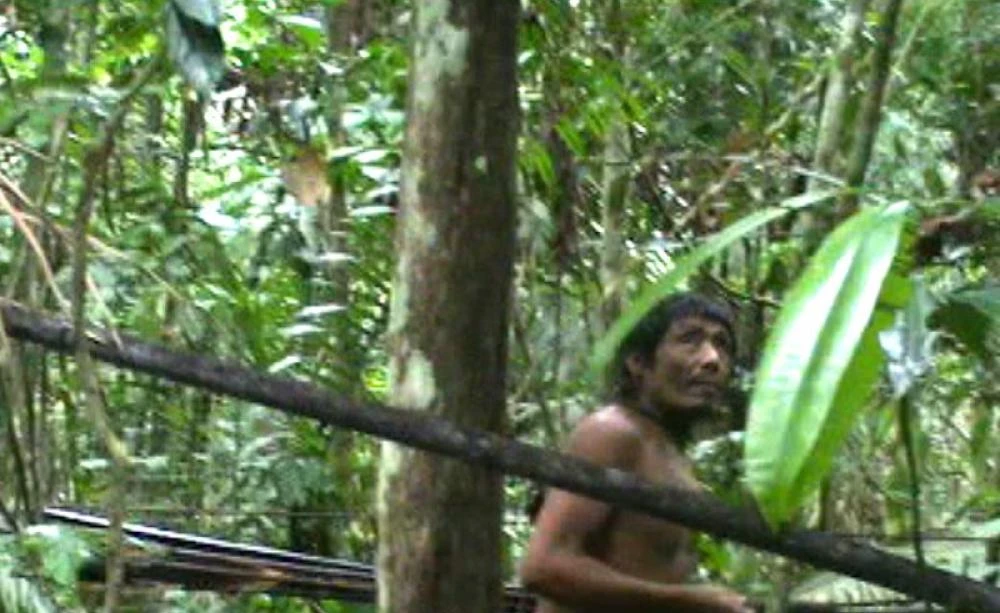
Kawahiva: A nomadic tribe in hiding
Deep in the Brazilian Amazon, the Kawahiva tribe lives a hunter-gatherer lifestyle, relying on the rich biodiversity of the rainforest. Their diet consists of wild animals like peccaries, monkeys, and birds, as well as fruit and nuts from the forest.
Once believed to have had permanent settlements, the Kawahiva are now observed as a nomadic tribe. This shift is thought to be a direct result of violence and displacement caused by logging, ranching, and illegal land grabs in Rio Pardo. Although the Brazilian government has attempted to offer protection, the Kawahiva continue to flee from place to place to avoid confrontation with outsiders.
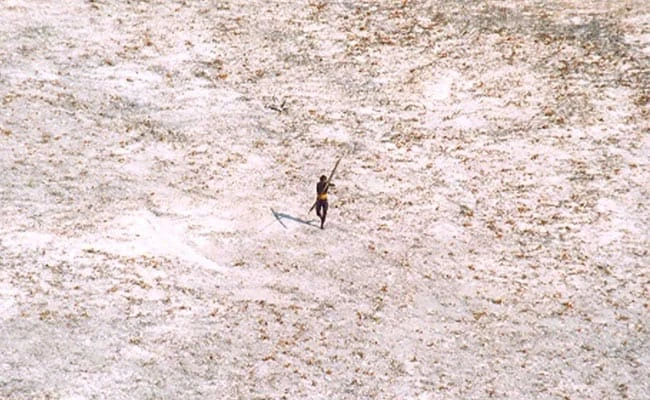
Sentinelese: World’s most isolated tribe
Perhaps the most well-known uncontacted tribe, the Sentinelese, inhabits North Sentinel Island in the Indian Ocean. Unlike other tribes, they have no known neighbors and exist in near-total isolation from the rest of the world.
“This makes them the most isolated tribe in the world because they don’t even have neighbors. Most uncontacted tribes have some form of trade or occasional encounters, but the Sentinelese really have no one,” said Sophie Grig, Senior Research and Advocacy Officer at Survival International, in a 2023 interview with IFLScience.
The Sentinelese have made their desire to remain uncontacted unmistakably clear. Visitors attempting to reach the island—despite legal bans—have been met with hostility. In some instances, members of the tribe have drawn their bows as warnings or even killed intruders who ventured too close.
“They are making a clear choice and a very clear statement to the world that they wish to remain uncontacted and to be left alone,” Grig explained.
Growing threat to uncontacted tribes
While these tribes have survived for centuries without outside interference, modern threats are escalating. Illegal logging, deforestation, and land encroachment are pushing uncontacted peoples closer to extinction. Even well-meaning attempts at contact can introduce deadly diseases to which these tribes have no immunity.
For organizations like Survival International, the message is simple: respect their wishes and protect their land. Uncontacted tribes represent an irreplaceable part of human diversity, and their survival depends on the world recognizing their right to exist—on their own terms.



